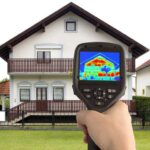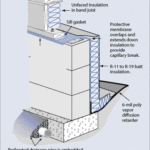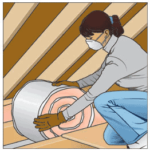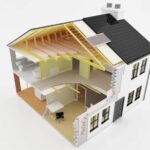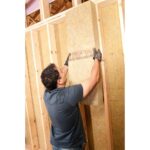This buying guide will help you make your home greener with top 10 green remodeling ideas. Learn about the different ways to make your home more energy efficient and environmentally friendly.
PATH, the Department of Housing and Urban Development’s Partnership for Advancing Technology in Housing Program is a voluntary partnership between leaders of the home-building, product-manufacturing, insurance, and finance industries and the federal government.
PATH works to accelerate the development and use of technologies that radically improve the quality, durability, energy efficiency, environmental performance, and affordability of America’s housing.
Because it can take up to 25 years for new technologies to be fully integrated into daily construction practices, PATH works to proactively get the word out. Though a few of these would be challenging for the casual do-it-yourselfer, all are great ideas to help reduce energy use, improve air quality within the home, and help convert your project from typical to green.
Cementitious Foam Insulation
Blown-in insulation has long been a favored method of filling the gaps in existing structures, but new cementitious foam goes the extra mile by providing a fire-resistant, non-toxic barrier with improved insulating properties.
Cementitious foam is made entirely of magnesium oxide and air. It is blown through a membrane with air, resulting in a continuous network of mineral surrounding bubbles of air. While it will require a professional to actually blow the insulation in, you can help reduce the time and cost of set-up by helping prep the area that needs insulation. The insulation is thick enough to be retained by almost any netting, screening, or chicken wire, or it can be foamed in behind house wrap or polyethylene.
There are two things to pay attention to when prepping the area and hanging the membrane that will contain the insulation.
First, the membrane must be installed tightly against the wall studs to avoid “pillowing,” which can create an uneven surface and complicate drywall attachment. To avoid this, try stretching the netting very tightly or applying a coat of glue through the netting to secure it continuously to studs. If you are using polyethylene as a containment membrane, try stretching it hand tight and applying frequent inset stapling.
The second issue is that a vent will be needed to allow air to escape ahead of the filling insulation. If you are using chicken wire or netting, this isn’t a concern, but in air-tight membranes you will want to slit a small vent to allow air to flow out of the filling space. Once the insulation is installed, you can seal the air vent.
Smartvent Ventilation Control
If you have a vented crawlspace and are having issues with humidity, a Smartvent Ventilation system could be the answer to your troubles.
Crawlspace ventilation is still a controversial subject among building scientists because allowing air to flow around non-insulated water pipes, HVAC ducts, and exposed wood floor joists can lead to moisture issues and mold. But an unvented crawlspace could produce the same results if trapped air is moister than the air outside.
The Smartvent Ventilation System solves the dilemma by offering a compromise solution. The system’s onboard computer monitors the interior and exterior air and provides ventilation when the air outside is drier than the air inside the crawlspace.
Costing less than $400, the Smartvent System can be installed in about an hour, depending on the conditions of the crawlspace. It is secured in place with mortar, very similar to the installation technique for metal, louvered vents, and is conveniently designed to be slightly smaller than the size of a typical cinderblock. The vent is installed in the same manner as any other foundation vent and is cemented or caulked (with long-life, clear outdoor caulk) in place prior to making electrical connections.
The system, which comes with a cord and plug, requires a standard electrical receptacle and the unit has a 40-watt draw but is only activated when ventilation is required.
Choose the Right Size HVAC System
Whenever you make significant changes to the home’s living space, it is important to understand how those changes might affect the heating and cooling system.
An over- or undersized HVAC system will result in poor energy efficiency, higher fuel costs, and an uncomfortable home. The solution is to contact your HVAC contractor before starting a remodeling project and discuss the potential impact of the changes you are making.
Once the project is complete, you should again call the contractor and ask for a complete air infiltration inspection. The investment in this inspection can more than pay for itself over time if you find that your HVAC equipment is not properly matched to the space in your home.
Compact Fluorescent Lights and LEDs
Compact fluorescent lamps (CFL) and LEDs are among the brightest new technologies for the homeowner since batt insulation. Because CFLs and LEDs use up to 80 percent less energy than typical incandescent bulbs, they are less expensive to operate, and with a lamp life that is about five times that of incandescent lighting there is also savings on replacement cost. They also burn cooler than incandescents, potentially lowering your cooling costs during the warm weather season.
CFLs and LEDs screw into most standard fixtures, although you may have to use an adapter with some ceiling fixtures. They come in a variety of shapes and sizes, ranging from a standard light bulb look to coiled, U, and oval shapes.
To complete the green cycle with CFLs and LEDs, be sure to recycle expired bulbs at a qualified disposal facility so that the toxic mercury does not end up in your local landfill.
See more about: Energy-Saving Light Bulbs.
High Performance Windows
Windows today are designed and built to withstand severe storm conditions like hurricanes, protect carpet and furniture from harmful UV rays, and of course insulate better than ever. But understanding the new terminology around the science of solar heat gain, visible light transmittance, and glazing can be a challenge.
The Efficient Windows Collaborative and Energy Star provide websites to aid in specifying the most efficient window for a given climate, but to get you started, PATH suggests looking at three options.
Impact-resistant windows are now available to protect your home and family from wind-blown objects and the local little league all star.
Specialty window coatings like low-e and solar control can reduce the amount of solar heat gain by blocking the passage of infrared beams but still letting light in.
Hydrophilic coatings help windows shed water more quickly, which basically turns a rain storm into a window cleaning.
Wireless Lighting Controls
For convenience and cost savings, installing a few state-of-the art lighting controls in your home is an energy statement whose time has come. The price of this once elite technology has lowered, making it affordable to the average homeowner. Besides the comfort of having a lighting strategy that compliments your lifestyle, energy savings are realized through the overall reduction in use of lights when they aren’t needed.
According to the Partnership for Advancing Technology in Housing, just fitting one 100-watt outdoor lightbulb with a motion sensor instead of operating it each night for 10 hours will save about $50 per year, not counting the savings from not having to change the bulb as often.
Controls can switch lights on and off, or dim lights based on input from sensors, which include everything from simple timers to occupancy sensors that detect motion or infrared radiation.
One of the easiest and most convenient controls now available is a wireless controller that works with a transmitter and receiver located in the same room. The transmitter is a push-button switch that generates its own electricity when pressed and a receiver that can be either an electrical outlet or a hard-wired device. This technology allows you to easily install a new light switch wherever you want without having to cut into the wall, run cable, and hardwire the switch.
Solar Hot Water Heaters
According to the U.S. Department of Energy, hot water heating costs the average homeowner between 15% and 30% of a home’s energy use.
Modern solar water heaters are flush mounted, attractive units that can cut energy bills while providing ample hot water for your home, heating needs, and even swimming pool. PATH looks at two kinds of solar water heaters: passive and forced circulation.
Both systems have collectors and storage tanks to hold the heated water. The collectors are flush-mounted units installed on top of the roof and look very much like a skylight. They contain a flat copper plate painted black with water tubes attached to absorb the solar energy. As the sun shines on the copper plate, the heat is absorbed and transferred to the water flowing through the tubes.
For passive systems, the heated water in the tubes moves to the storage tank by natural convection; in a forced-circulation system, the water is moved with a pump. In warmer climates, the forced circulation-style system can provide 80 to 100 gallons of hot water to the home per day and costs about $3,000 to install. Passive systems provide less water but can be installed for as little as $1,000.
Recycled & Renewable Flooring
Taking the old and making it new is a great way to incorporate green building into your home.
According to PATH, specialty recyclers harvest reusable hardwoods such as chestnut, hickory, cherry, and oak from old houses, buildings, and barns before demolition and then send the wood to a lumber mill where it is re-milled into individual flooring pieces.
The surface can be selectively finished to have a final appearance anywhere between rough hewn to finely sanded and varnished. The material can be installed as thick planks or standard tongue-and-groove boards.
Renewable flooring like cork, bamboo, and eucalyptus is becoming a more popular alternative to slow-growing hardwoods due to their beauty and sustainability.
Eucalyptus is now commercially grown in South America as well as California and can be harvested within 14 to 16 years as opposed to hardwoods like oak, which can take up to 60 years to mature.
Future Countertops & Surfaces
In the future, what kinds of changes can we expect to see in the surfaces of our homes? Look for materials used for counters, floors, and walls to change slowly. Proven, inexpensive materials such as laminates and gypsum wallboard will persevere, but we’ll gradually see a movement toward natural materials that come from sustainable resources and are affordable, recyclable, and easy to maintain.
“We may see two extremes, with high-tech synthetics made from space-age materials on one side and indigenous materials like raw stone, concrete, grasses, and reeds on the other,” says noted environmental planner Paul Bierman-Lytle.
More emphasis by homeowners and manufacturers will be placed on surfaces that offer a measure of control over noise, light, glare, heat retention, and other environmental factors. Indoor air quality and health will be important considerations in surface choices.
“Surfaces will be regarded as more valuable and redeemable based on the embodied energy that it took for them to be put in place,” says John Picard of E2 Environmental Enterprises, Inc.
Echoes David Hertz of Syndesis, Inc.: “People will have more interest in materials that have a long service life and require less maintenance. They’ll be forced to become more aware of long-term costs as our resources become more and more finite.”
So, what surface trends should we look for?
Alternative materials
Laminated wood products, recycled wood, and locally produced, indigenous materials such as lightweight concrete and tile will become viable alternatives to solid wood and stone.
Integral sink bowls
Countertops will be custom formed with integral, seamless sinks. Materials will be anti- bacterial and—when they wear out—recyclable.
Universal design
With the baby-boomer generation aging, all kinds of surfaces will increasingly become more user-friendly. For example, countertops will be adjustable in height and have safer, rounded corners. Also watch for skid-resistant, highly durable flooring and glare-free surfaces.
Living organisms
Genetic engineering will introduce materials that are living organisms, with surfaces that respond to environmental factors such as heat or chemicals.



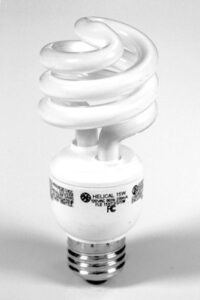
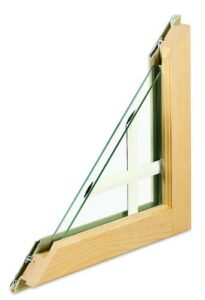
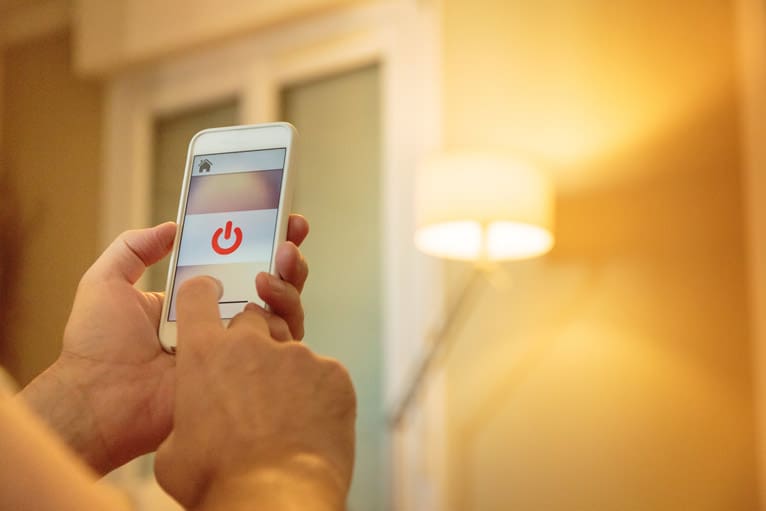
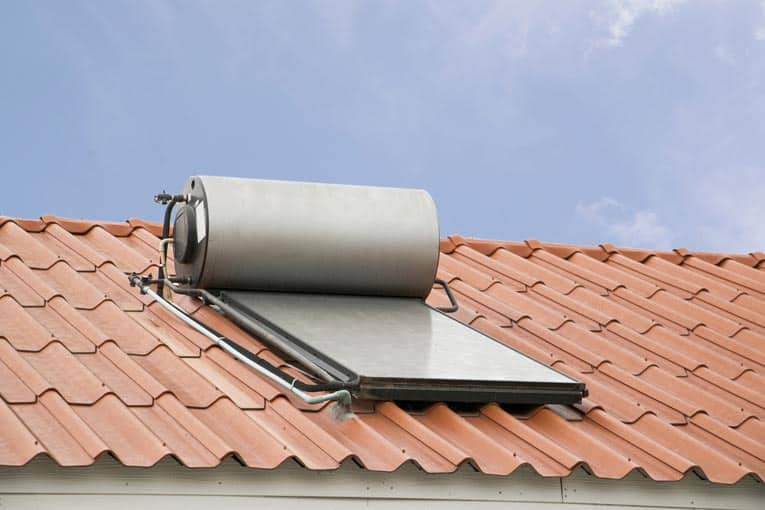

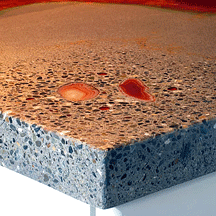


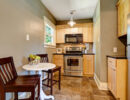
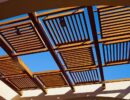
 Don Vandervort writes or edits every article at HomeTips. Don has:
Don Vandervort writes or edits every article at HomeTips. Don has:
